King Sobhuza II Park
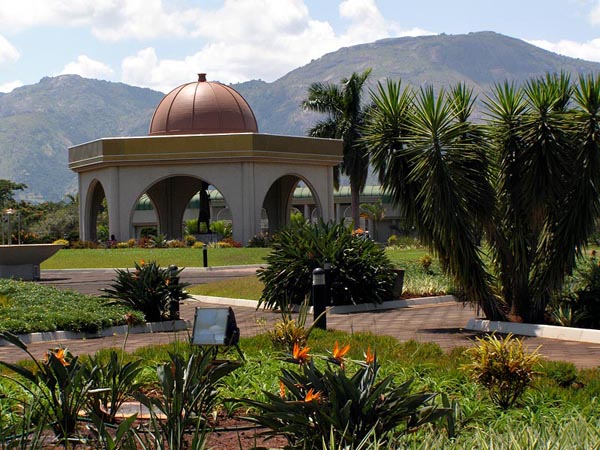
Information from King Sobhuza II Park.
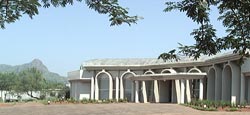
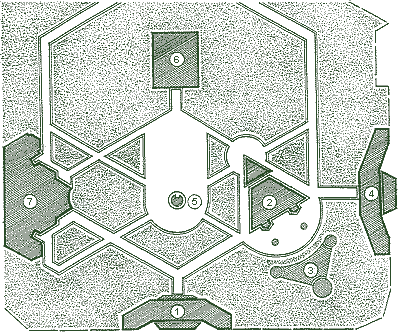
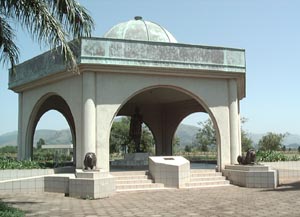

The three metre bronze king's statue is facing the east where the Swazi monarch originally same from thus regarded as people from the sun; his male hut (Lilawu) Lozitha royal residence, and Mdzimba mountain (a royal burial mountain).
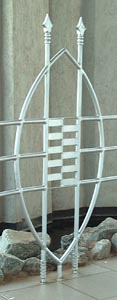

The statue of the king is surrounded by shields. This symbolises his position within the kingdom where he is regarded as a central figure as well as a member and head of the regimental system.
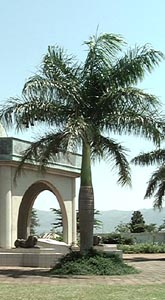

These were his most adored tree species such that he built one of his residence and named it Masundvwini meaning palm tree area.
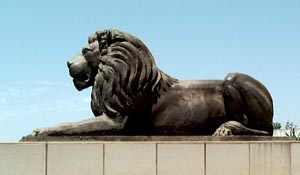

The symbol of the lion represents the king. Tradionally, before a Swazi king assumes or comes to the throne he has to kill a lion, thus referred to by Swazis as "Ngwenyama". He is also known as "Silo" (an awesome creature).
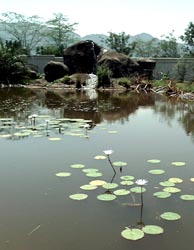

The pond represents the natural beauty of the country.
The Royal Entrance
Only the King, the Queen Mother, Heads of states, Heads of foreign missions may enter through this entrance.

The Memorial Torch
The torch is lit to show that the spirit of King Sobhuza lives on. It is lit on important days in the lives of the Swazis i.e. kings birthday, independence day (Somhlolo day) and when a foreign head of state is touring the Park.
The Museum
This consists of a pictorial exhibition of the life history of King Sobhuza II, from the time he was born in 1899 until 1982 when be died.
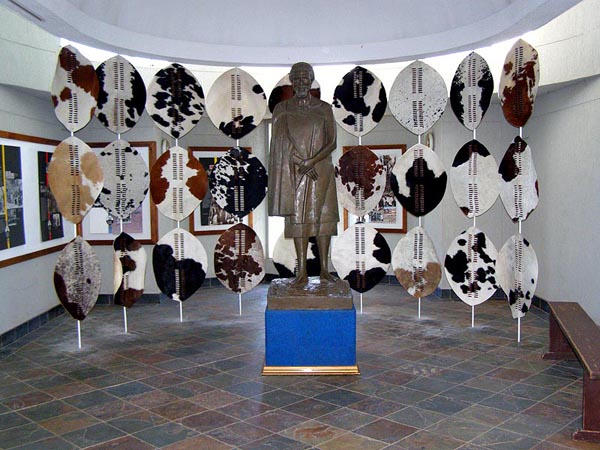
The Mausoleum
This is the most sacred part of the park. The mausoleum stands on the spot where his body was laid during the state funeral which took place on 3 September, 1982. He was shown to the nation before being taken to his last resting spot at the mountains of Mbilaneni, in the south of the country. No photographing of the mausoleum is permitted, out of respect.

